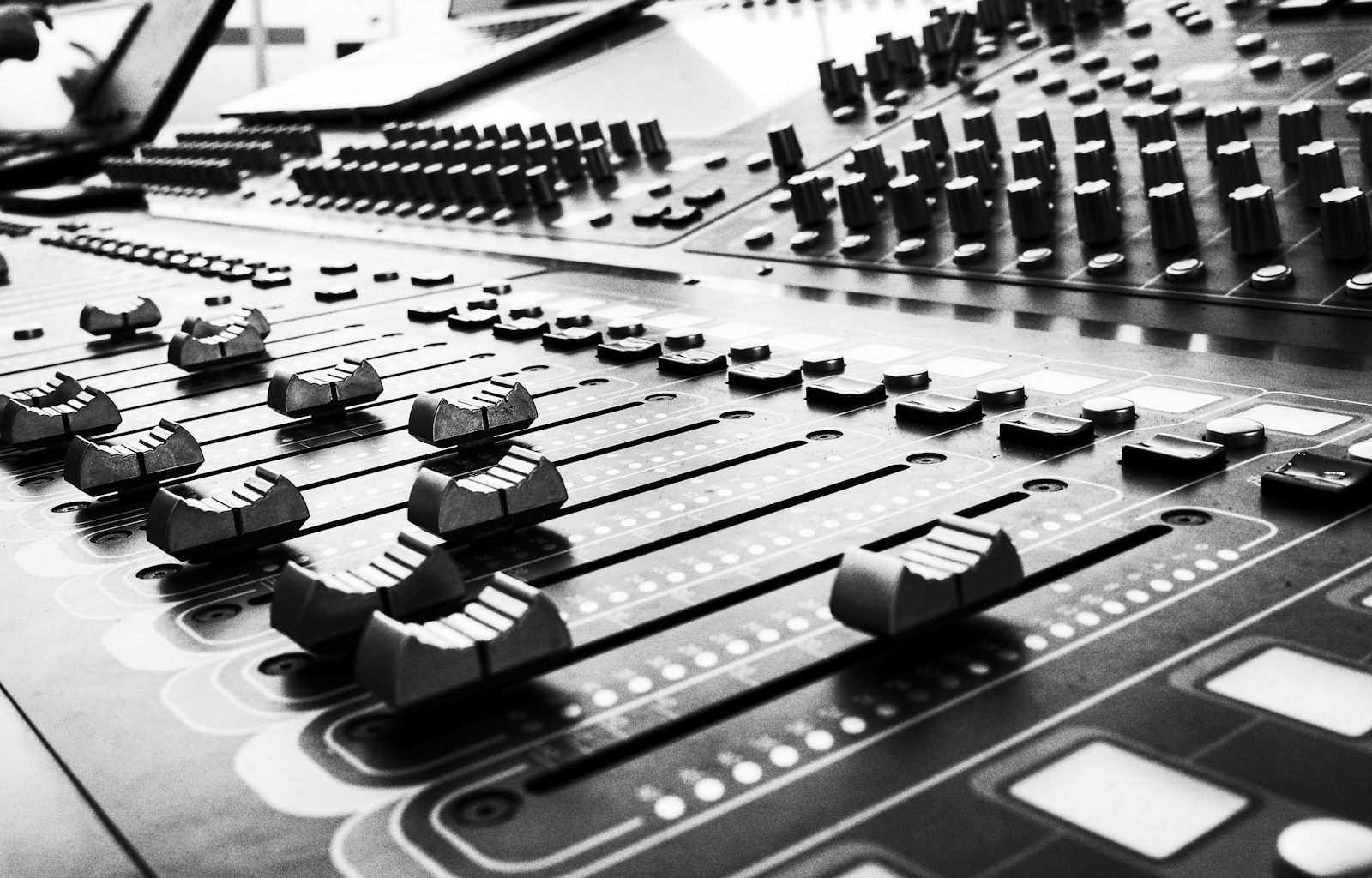Creating a studio in your home is an exciting and rewarding project. Whether you are an artist, musician, podcaster, or photographer, having a dedicated space to work can transform your creative process. The best part? You don’t need a massive budget or professional experience to make it happen. With some planning and a little elbow grease, you can design a functional and inspiring studio right at home. Let’s dive into how you can make this dream a reality.
Start With a Clear Purpose
The first step to building a home studio is understanding what you need it for. Is it for recording music, painting, photography, or maybe yoga? The purpose of your studio will determine its layout, equipment, and decor. For example, a music studio will need good acoustics and soundproofing, while an art studio might prioritize natural light and easy-to-clean surfaces.
Take some time to visualize your ideal workspace. Think about what tools you’ll use most often and how you’ll store them. It’s helpful to sketch out a rough plan or make a list of must-haves. This will guide you as you move forward.
Choose the Right Space
Next, decide where your home studio will go. Look for a quiet area that won’t be disturbed by daily activities. Spare bedrooms, basements, attics, or even a corner of your living room can work well. The size doesn’t have to be enormous; it just needs to fit your needs.
If you’re setting up a music or recording studio, pick a room that’s far from noisy appliances or traffic. For an art studio, choose a space with plenty of light. If you’re short on space, don’t worry. Even a small nook or closet can be transformed into a functional studio with a bit of creativity.
Plan the Layout
Once you’ve picked the perfect spot, it’s time to plan the layout. Start by measuring your space. Knowing the dimensions will help you arrange furniture and equipment effectively. Think about how you’ll move around the room. Keep frequently used items within arm’s reach, and leave enough open space to work comfortably.
For example, in a photography studio, you’ll need a backdrop area, lighting setup, and storage for props. In a music studio, you’ll want your instruments, recording equipment, and seating arranged for easy access. Try different arrangements on paper before committing to one.
Optimize Lighting
Lighting plays a crucial role in any studio. Natural light is ideal for art and photography, so try to position your workspace near windows. If your space lacks natural light, invest in good artificial lighting. LED bulbs are a great option because they’re bright, energy-efficient, and don’t produce much heat.
For a music or recording studio, you’ll need softer, adjustable lighting to create a comfortable atmosphere. Avoid harsh fluorescent lights, as they can cause eye strain and affect your concentration.
Manage Sound and Acoustics
If your studio involves sound—like a music or podcast studio—you’ll need to manage acoustics. Start by soundproofing your space to minimize outside noise. You can use foam panels, heavy curtains, or rugs to absorb sound. For a budget-friendly option, consider using bookshelves or upholstered furniture.
To enhance acoustics, focus on reducing echoes and reverb. Position sound-absorbing panels strategically around the room. Test the sound quality by clapping your hands and listening for any lingering echoes. Adjust your setup until it sounds just right.
Invest in Quality Equipment
Your studio’s equipment is the backbone of its functionality. Choose tools that suit your needs and budget. For example, a home music studio will need a good microphone, headphones, and an audio interface. An art studio might require an easel, brushes, and storage for supplies. Prioritize quality over quantity; it’s better to start with a few reliable pieces than to overload your space with unnecessary gadgets.
Stay Organized
A clutter-free studio is a productive studio. Invest in storage solutions that work for your space. Shelves, drawers, and storage bins can help keep your supplies tidy. Label everything to make it easy to find what you need.
Create zones within your studio for different tasks. For instance, you might have a work zone, a storage zone, and a relaxation zone. This will help you stay focused and make the most of your space.
Personalize Your Space
Your studio should reflect your personality and inspire creativity. Decorate it with items that make you happy, like artwork, plants, or motivational quotes. Choose colors that match your vibe; calming blues and greens work well for focus, while vibrant reds and yellows can energize you.
Don’t forget about comfort. Add a cozy chair, a soft rug, or some cushions to make your studio a place where you enjoy spending time.
Keep It Flexible
As your needs evolve, your studio should too. Stay open to rearranging furniture or upgrading equipment. Flexibility is key to keeping your workspace functional and inspiring. Periodically assess what’s working and what’s not. Don’t be afraid to make changes.
Stick to Your Budget
Building a home studio doesn’t have to break the bank. Set a budget before you start and stick to it. Look for second-hand furniture and equipment, or DIY some elements. You’d be surprised how much you can achieve with a little creativity.
Final Thoughts
Creating a studio in your home is a journey that’s as unique as you are. With careful planning and a personal touch, you can design a space that supports your passion and boosts your productivity. So, take that first step, and soon you’ll have a home studio you’ll love.
For further reading, explore these related articles:
- Circles Post Malone Lyrics – A Song About Love, Loss, and Life
- Billie Eilish’s Big Moment at the Oscars 2022: A Night to Remember
For additional resources on music marketing and distribution, visit DMT Records Pvt. Ltd..






